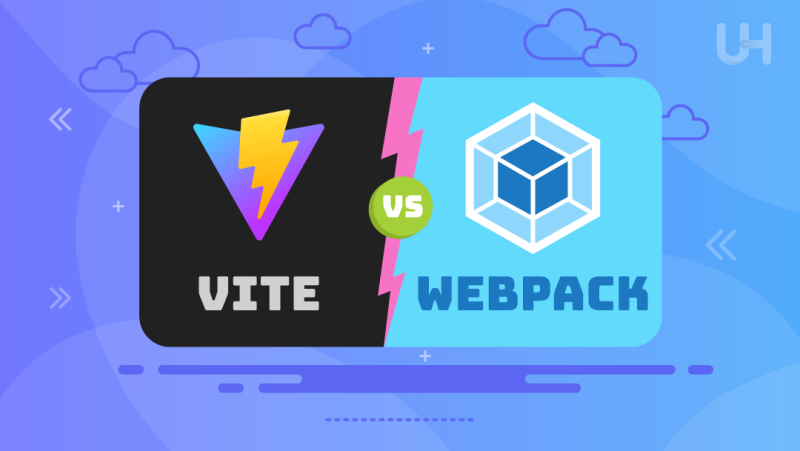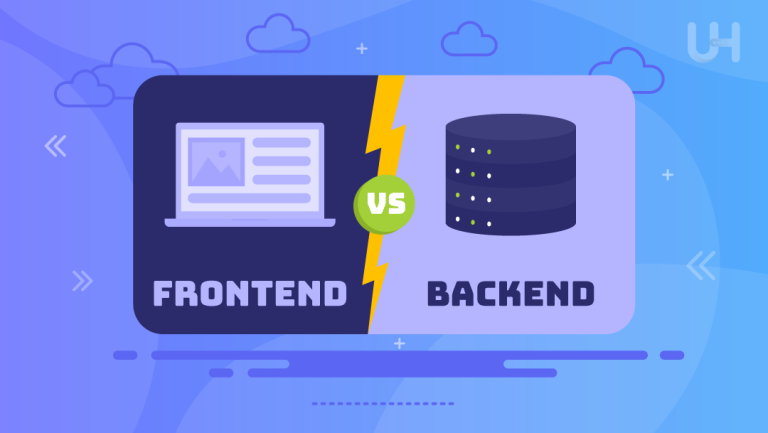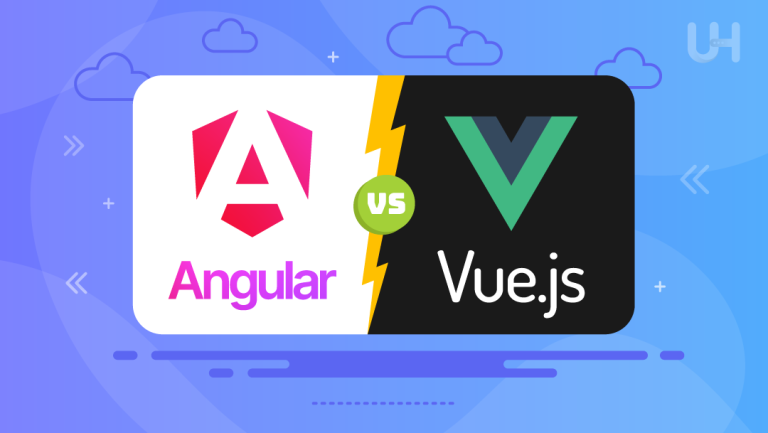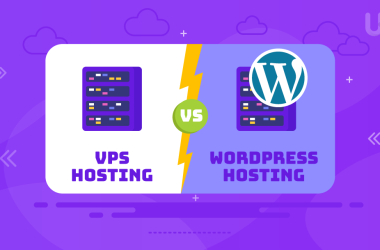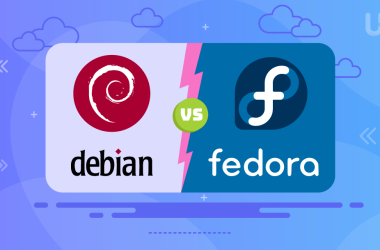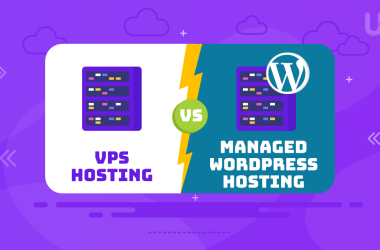Choosing the right build tool is important for providing a seamless and efficient development workflow. Among popular ones, Vite vs Webpack is one of the most popular debates among developers these days. That’s because both of these tools have unique features to satisfy different needs, making it worth understanding their differences to make the correct choice.
In this article, we critically examine Vite vs Webpack, touring each tool’s key features and further distinguishing how they differ in terms of performance, ease of use, and scalability. By the end, you will better understand which tool will best suit your requirements for a particular project.
What is Vite?
Vite is a newer build tool designed for the modern front end. Evan You, the same developer of Vue.js, created it. Vite wants to enhance the development experience with its incredible performance speed. It offers a better environment for web projects through faster builds, quicker updates during development, and simplification of configuration. This quickly brings one great advantage in the way it bundles and serves the modules.
One of the main differences between Vite and traditional bundlers is its use of native ES modules in the browser. That means Vite doesn’t need a preliminary bundling phase, which means you’ll work with much faster build times during development. Also, Vite is an out-of-the-box setup with hot module replacement (HMR)—perfect for projects where you need instant feedback or updates.
Key Features of Vite
- Native ES Module Support: This feature allows the modules to be delivered to the browser without intermediate bundling during development.
- Hot Module Replacement (HMR): Updates are pushed to the browser almost instantaneously, increasing the developer’s productivity.
- Optimized Build Process: For production builds, vital uses roll up under the hood, enhancing performance and minimizing the size of the final bundle.
- Framework Agnostic: Vite was developed with Vue in mind, but it is also easily compatible with other JavaScript frameworks like React and Svelte.
- Fast Cold Starts: Low server wait times because there is no initial bundle build requirement.
- On-Demand Dependency Loading: Vite serves only the data required by the browser, which removes unnecessary work and speeds up page loading times.
- First-Class TypeScript Support: Offering Vite means guaranteeing integration with TypeScript projects because it doesn’t require complex configurations.
What is Webpack?
Webpack has been one of the most employed and mature building tools in the JavaScript ecosystem. It all started in 2012 to cure the growing pain of modern web applications that needed developers to compile and bundle their assets efficiently. The powerful module bundling of Webpack has made it the go-to for many large-scale projects and enterprises.
Webpack’s core strength is its flexibility and plugin system. It lets the developer bundle JavaScript along with CSS, HTML, images, and other assets. It is very capable of becoming an integral part of a web application. Although Webpack is more complicated to configure than new tools such as Vite, it provides a powerful system backed by an extensive community, hence being stable for large-scale and legacy projects.
Key Features of Webpack
- Code Splitting: This breaks up your code into smaller chunks that can be loaded asynchronously, improving performance.
- Tree Shaking: Removes unused code during bundling, reducing final bundle sizes.
- Extensive Plugin Ecosystem: Offers a large number of plugins for customization and extended functionality.
- Hot Module Replacement (HMR): Similar to Vite, Webpack supports HMR, although it can be slower due to the bundling process.
- Production-Ready: Webpack’s configurations are robust, providing built-in optimizations such as minification, compression, and web caching strategies for production builds, ensuring that web apps load quickly and efficiently.
- Flexible Module Resolution: Webpack allows you to define how modules are resolved in your project. This offers more control over module imports and allows for features such as aliasing, path resolution, and custom loaders.
- Comprehensive Asset Management: Bundles JavaScript and other assets like CSS, images, and HTML.
- Backward Compatibility and Polyfills: Webpack is designed with backward compatibility in mind, providing options to include polyfills and transpilation for older browsers, making it a good choice for legacy projects.
Power Your Web Development with Dedicated Hosting!
Looking for the best hosting to optimize your Vite or Webpack projects? UltaHost’s Dedicated Hosting provides the performance, control, and security you need for faster builds and smoother deployment.
Vite vs Webpack: Comparing The Two Build Tools
Now that we have an idea about both tools, let’s compare Vite vs Webpack to understand their differences and similarities.
Vite and Webpack have the same purpose, just approached differently. Vite targets providing a faster developer experience by leveraging native performance from ES modules bundling during development. Webpack has traditionally focused more on flexible module bundling.
Below is a comparison table highlighting the key differences between Vite vs Webpack:
| Feature | Vite | Webpack |
| Initial Build Time | Fast (No initial bundling) | Slower (Due to bundling) |
| Hot Module Replacement (HMR) | Instant updates with minimal overhead | Slower updates due to the bundling process |
| ES Module Support | Native ES module delivery to the browser | Requires bundling and polyfills for modules |
| Plugin Ecosystem | Smaller but growing community of plugins | Extensive and mature plugin ecosystem |
| Ease of Configuration | Simple, minimal configuration | More complex, but highly customizable |
| Production Build Process | Uses Rollup for optimized builds | Handles production builds with built-in plugins |
| Use Cases | Best for modern projects and smaller setups | Suitable for large, complex, and legacy projects |
As the table indicates, Vite outshines Webpack in terms of initial build time and development speed. However, Webpack’s plugin ecosystem and extensive configuration options make it a better fit for complex projects that require granular control over the build process. A managed dedicated server can provide the reliability and resources necessary to streamline both development and production environments.
Webpack vs Vite: When to Use Which?
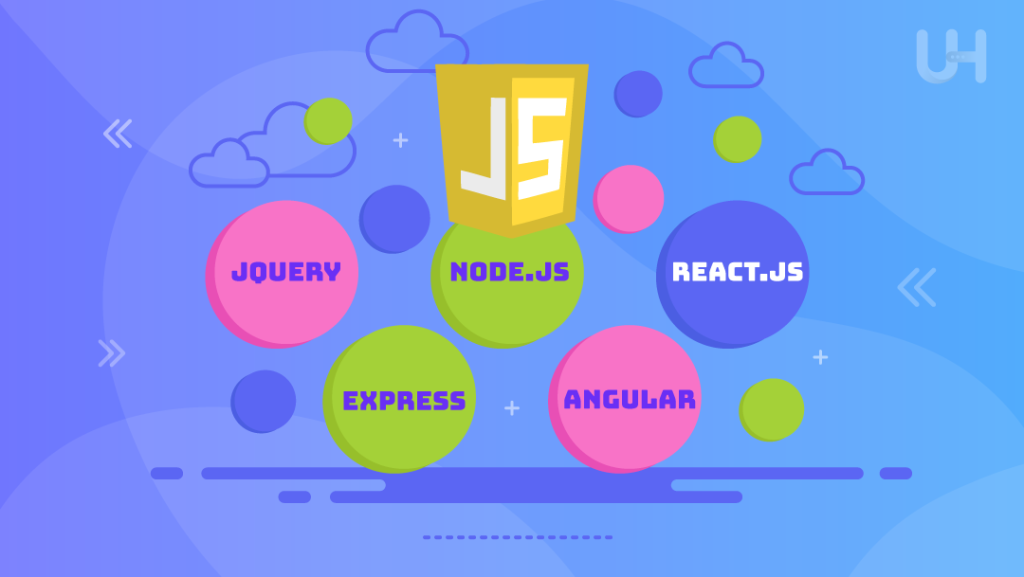
Both these tools are great, but they are great for different scenarios. Moving between Vite vs Webpack does depend on project complexity and your team size as well as the requirements of the project. A virtual private server (VPS) will provide you with the dedicated resources to scale and work with either of these tools to host either on a development or production environment.
Vite
Vite is an excellent choice when:
- You need to spin up a project in a matter of minutes with little or no configuration.
- Ideal for small to medium-sized application that relies on the usage of the modern JavaScript framework such as Vue, React or Svelte.
- Speed is important; you want to have fast cold starts, quick builds, and an instant update loop in development.
- Your go-to easier tool that does not require you to delve into setting up Webpack’s complex configuration.
- Works well with apps that do not require bundling, or asset management, along with performance optimization.
Webpack
Webpack is more suited when:
- Your project is complex as well as large scale where asset management is essential.
- Also, if you are merely trying to fit old codebases and whatever polyfills you need in your new platform, legacy support is for you.
- If you want access to Webpack’s vast library of plugins, you will need their Plugin Ecosystem.
- Detailed configuration is required on your project where you need to control your assets being bundled, processed, and optimized with high granularity.
- Bundling and Optimization of multiple Asset types. You aren’t just dealing with JavaScript; you are dealing with CSS, Images, HTML fonts, and any other asset type that should be packed and optimized.
Conclusion
So in the debate between Vite vs Webpack there is no definitive answer. If you’re working on projects that have to go fast and straightforward, Vite is an excellent choice, providing speed and simplicity. And on the other hand, Webpack will be an excellent choice for large-scale enterprise projects, where a lot of customization and backward compatibility are required. You will have to make your choice accordingly, on how much you will be controlling the build process, in terms of the scale, complexity, and your project needs. Each tool has its own strengths that can help you get along your development flow when required.
Choosing between Vite and Webpack depends on your project’s needs for performance and simplicity. UltaHost’s Java hosting offers the speed and stability to support your build tools efficiently for optimal deployment of Java applications.
FAQ
Can Vite be used for backend development?
No, Vite is focused on front-end development for frameworks like Vue, React, and Svelte.
Is Webpack better for large enterprise projects?
Yes, Webpack’s extensive plugins and customizable setup make it ideal for large-scale projects.
Does Vite support Server-Side Rendering (SSR)?
Yes, Vite supports SSR and integrates well with frameworks using server-side rendering.
Can Webpack bundle non-JavaScript assets?
Webpack does handle CSS, images, fonts, and other assets, making it versatile for web projects.
Is Vite compatible with older browsers?
Vite targets modern browsers, but with polyfills and tweaks, it can work with older ones.
How does Webpack manage large projects?
Webpack uses code splitting and tree shaking to handle large projects efficiently.
Which tool is better for TypeScript, Vite or Webpack?
Both support TypeScript, but Vite offers an easier setup with first-class TypeScript support.





